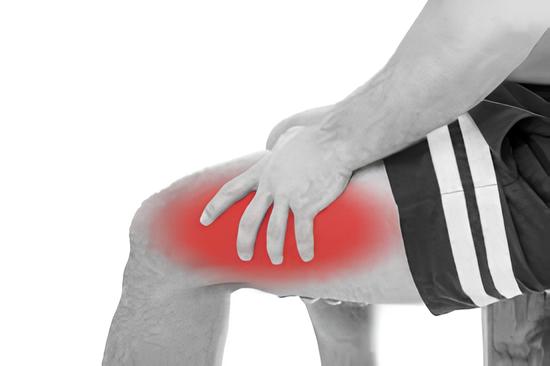Introduction
Meralgia Paresthetica (MP) is a neurological condition characterized by tingling, burning pain, numbness and sometimes an altered sensation on the lateral side of the thigh.
Clinical feature
Patients often report a burning pain or “pins and needles”commotion over the distribution of the LFCN. Symptoms can vary in intensity and may worsen with prolonged walking, standing, or wearing tight clothing. donation is often experienced by sitting or lying down.
Types
MP is broadly categorized into three types:
- Idiopathic: Here, the exact cause is unknown.
- Spontaneous: This is due to mechanical compression anywhere throughout the course of the nerve. The common site of injury is at the exit of the nerve at the pelvis.
- Iatrogenic: This is commonly seen after orthopedic surgeries like anterior iliac crest bone grafting and anterior pelvic procedures and prone positioning for surgeries.
Investigation
Diagnosis is primarily clinical, based on the patient’s symptoms and a physical examination. The “pelvic compression test” can sometimes elicit or worsen symptoms. Imaging studies like X-rays, ultrasound or MRI are usually not helpful for diagnosing MP itself but may be used to rule out other conditions electromyography (EMG) and Nerve conduction studies (NCS) might be performed to confirm nerve involvement and differentiate MP from other neuropathies.

Physiotherapy Management
Physiotherapy plays a crucial role in managing MP, especially in secondary cases. Interventions include:
- Posture Correction: Addressing postural disproportion that might contribute to nerve entrapment.
- Nerve Gliding Exercises: Specific exercises to upgrade the mobility of the lateral femoral cutaneous nerve.
- Manual Therapy: Gentle mobilizations to decrease tension around the nerve pathway.
- Weight Management: For obese individuals, weight loss can importantly decrease nerve compression.
- Strengthening Exercises: For hip and core muscles to upgrade overall stability and reduce strain on the nerve.
- Patient Education: Advising on keep away aggravating factors like tight garments and prolonged standing.
Diet and Nutrition for Meralgia Paresthetica
Diet plays an essential supportive role in managing Meralgia Paresthetica. A balanced nutritional plan can help reduce inflammation, improve nerve health, and support weight management.
- Anti-inflammatory Foods: Include turmeric, ginger, olive oil, nuts, and fatty fish (rich in omega-3).
- Vitamin B Complex: Foods like whole grains, eggs, dairy, and green vegetables promote nerve regeneration and reduce neuropathic pain.
- Magnesium and Calcium-Rich Foods: Found in bananas, spinach, almonds, and sesame seeds — these support muscle relaxation and nerve function.
- Hydration: Adequate water intake helps maintain tissue flexibility and prevents stiffness.
- Avoid: Processed foods, excessive sugar, and trans fats that may worsen inflammation.
Conclusion:
Meralgia Paresthetica, while often bothersome, is normally a benign circumstance that responds well to conservative management. Adherence and Early diagnosis to physiotherapy interventions can remarkably improve symptoms and magnify the patient’s quality of life. In persistent or severe cases, medical interventions such as nerve blocks or, rarely, surgical decompression may be investigate.
1. Question: What is Meralgia Paresthetica?
Answer: It is a neurological condition causing tingling, burning pain, and numbness on the outer side of the thigh due to LFCN compression.
2. Question: What are the main physiotherapy treatments for Meralgia Paresthetica?
Answer: Posture correction, nerve gliding, manual therapy, weight management, and strengthening of hip and core muscles.
3. Question: What lifestyle advice should physiotherapists give to patients with Meralgia Paresthetica?
Answer: Patients should avoid tight clothing, maintain good posture, manage weight, and limit prolonged standing or walking.

